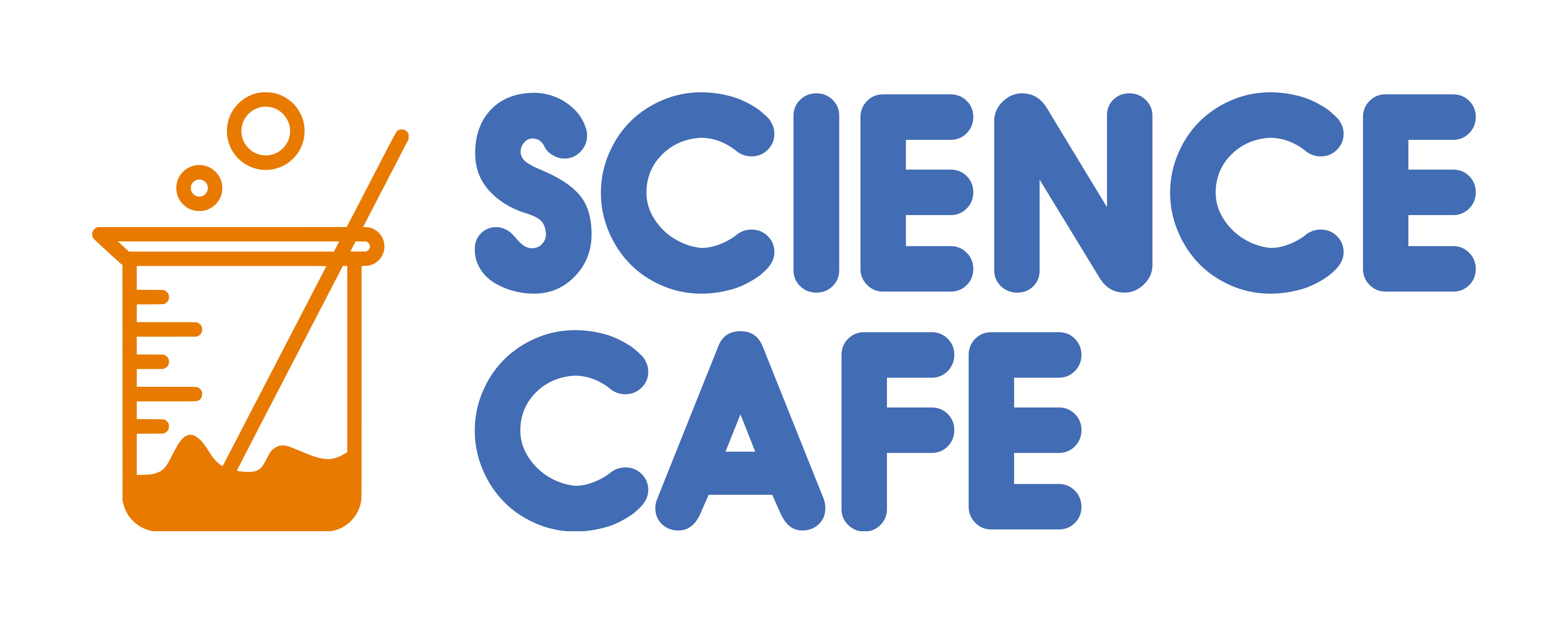Emotional Reconnection as a Memory Hack: Revisiting “Mental Time Travel” in Education
Emotional reconnection as a memory hack: revisiting “mental time travel” in education
Introduction
One of the perennial challenges in education is not just getting material in, but keeping it there. Students often revisit, re‑read, re‑highlight—yet weeks later, the details are hazy. A new study on “mental time travel” offers a compelling twist: you don’t only need to rehearse, but to re-experience the emotion and cognitive state from the moment the memory was formed. This isn’t just neuroscience flair—it points to a fresh, actionable strategy for boosting retention, especially for learners who struggle with memory or executive function disruption.
What the study reveals
Researchers from the University of Regensburg recruited over 1,200 participants and tested recall at intervals (4 hours, 24 hours, 7 days). They asked a group to intentionally recall the emotional and cognitive context in which they first learned a piece of information. That “mental time travel” helped rejuvenate faded memory traces: after four hours, participants could restore up to 70% of what was slipping; priming cues boosted that to 84%. Live Science Over longer spans, the effect attenuated—but even so, this reframing of review is powerful.
The metaphor they use is a boulder rolling downhill: once you let it slip, you fight gravity to restore it. But early intervention, via emotional reconnection, slows that slide. Live Science
Why this matters for learners with cognitive challenges
Memory fade is steeper
Learners with ADHD, working memory constraints or executive dysfunction often experience accelerated forgetting. A technique that restores memory strength may counteract that gradient.Emotion acts as a retrieval cue.
Neurodivergent learners may encode information more richly when emotional or contextual links are present; tapping back into that context may help unlock memory traces.Boosting durability over repetition alone
Revisiting material is necessary, but not sufficient. This method provides additional leverage beyond spaced repetition and active recall.
How to embed emotional reconnection in practice
Anchor prompts at learning time
At the moment students absorb a concept, prompt them to note (or even jot) how they felt, what puzzled them, and what mental image they used. Make that a “memory anchor.”Structured revisit sessions
During revision, first ask learners to close their eyes, recall the emotional spotlight of that initial moment (frustration, curiosity, excitement), before reviewing the content.Use multi-modal cues
Sound, images, or even smells (if feasible) from the original learning environment can act as reinforcers of emotional context.Layer with spacing and retrieval
Emotional reconnection should be used in conjunction with spaced repetition and self-testing—not as a replacement for them.
A fresh take: emotional scaffolding as memory architecture
This research suggests a shift: memory isn’t just built from repetition and retrieval, but from relational re‑experiencing. In educational programming, we’ve long focused on “what to review” and “when to review” — less on “how to feel during review.” If you treat emotion and cognitive context as scaffolding, you build a richer web for the memory to cling to.
Particularly for learners whose executive functioning or attention is variable, this method offers a gentler path: instead of forcing repetition blindly, invite resonance. Re-experience first confusion, first aha moment, first tension—and use that resonant thread to guide the memory back from the brink.
Conclusion
The concept of “mental time travel” isn’t just clever—it's actionable, scalable, and especially meaningful for neurodiverse learners. Start with small pilots: ask a cohort of students to note emotional anchors at learning time, then coach a revisit protocol. Measure recall versus control cohorts. Over time, integrate emotional reconnection into curriculum scaffolding, not just revision.
Because memory isn’t just data stored—it’s data lived. And if we honour that lived dimension, we make forgetting less inevitable and learning more deeply anchored.
Our program features built-in memory techniques to support your child. They can use these throughout the program and apply them to all their subjects to help them deepen their understanding.
Sign up for the 14-day free Trial!



